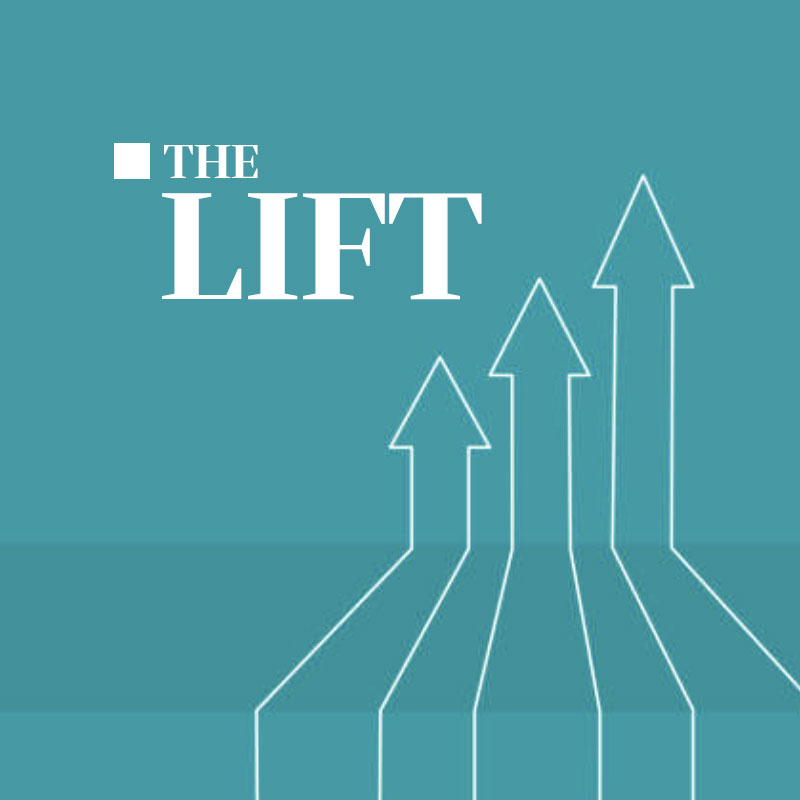At Culture Foundry, we regularly look to the bigger picture to determine what direction we want to move as a company or what projects we want to pursue. We understand that the work we do, and the consequences of that work, do not exist in a vacuum. They impact the world at large in ways both intentional and sometimes unintentional.
Understanding that dynamic requires what sociologist C. Wright Mills calls a “sociological imagination” — a worldview that frames all human behavior and artifacts within a broader context of social meaning. Put another way, a sociological imagination seeks to understand a tree within the scope of a forest, and vice-versa. A sociological imagination can be actively applied as a thought-exercise, asking what impact a project will have on a community, for instance, or how working with a particular client might affect the company image and future opportunities. For some, it manifests more as an intuition, like having a hunch that an HTML component might not be accessible for users of screen-readers.
A sociological imagination can inform countless aspects of web projects, from UX design, to accessibility, to crafting a compelling email template that motivates users to complete a call-to-action. It can help one anticipate and avoid practical issues before a product is released into the wild. It can help you avoid disenfranchising user groups, some of whom might be vulnerable or lack access that other users might have.
I was reminded of this recently while trying to help a family member sign up for a COVID-19 vaccine. This individual is not technologically savvy at their advanced age, and English is not their first language. They required assistance in accessing the website for registering for the vaccine and completing the necessary forms.
I was immediately struck by how absurd and irresponsible it was that this particular website only seemed to offer English as a language option. There were countless people in this particular community that were primarily or exclusively Spanish speakers, not to mention speakers of other languages. What about those individuals? Was their exclusion unintentional? Was it avoidable? What message does such an exclusion send to them? Will such groups be less likely to navigate a site such as this and get vaccinated?
Almost certainly.
And something else stood out to me about this site’s forms, something that immediately seemed problematic in our particular case: There was no option given for how the user would receive notification that they were scheduled for a vaccine, and it didn’t even tell people how to expect more information. Instead, the system just assumed that all users would be comfortable with receiving email notifications. For my family member, this was simply not the case. They only use emails infrequently and prefer to communicate via phone, either by calls or text messages. But, such options weren’t given.
Emails are not sacrosanct, and they are not the exclusive or even primary means of communications for most individuals. Why would such a critical system like this rely on emails to the exclusion of other popular forms of communication? It felt morally wrong.
I cautioned my family member that they would need to watch their inbox for a notification, but this felt futile and definitely triggered anxiety in them, compounding the anxiety that already existed in just trying to get a vaccine.
Weeks passed and my family member was increasingly worried they hadn’t heard anything about their vaccine. I helped them check their email inbox, only to learn that they had indeed received a notification that they were able to schedule a vaccine appointment — but we missed the email by a week. We were dismayed at first thinking they had missed this opportunity, especially as this family member is an essential worker. But a follow-up email from the website revealed that the appointment emails had erroneously been sent out to hundreds if not thousands of people in the community as they didn’t even have the right amount of vaccines. We’ll not get into miscarriages of sending emails here… but suffice to say my family member was left with a distinct impression from all of this that the website and service in question were just not thinking about them as a user. The system didn’t show care.
And my family member is not alone. The issues with technology and the vaccine rollout have impacted thousands of people — mostly those with limited or uncomfortable access to the internet and emails, the elderly and those who struggle with English. These may be essential workers like my family member, working in food service, grocery stores, etc. This issue is so big that local hospitals, community groups, state and local government have had to step in, providing solutions like hotlines, partnering with community organizations connected to various demographics in the community and utilizing more tools and channels that support everyone’s understanding and access — like using text messaging and simplifying appointment processes.
But it didn’t have to be this complicated. If there had been more forethought in the vaccine rollout process, many of these problems would have been identified and mitigated from the onset. It’s fairly easy to see how a few poor decisions in how these websites are built and run has unfairly disadvantaged vulnerable groups and negatively impacted the vaccine rollout in the number of people getting vaccines in retrospect. A sociological imagination can help you see those problems in advance.


